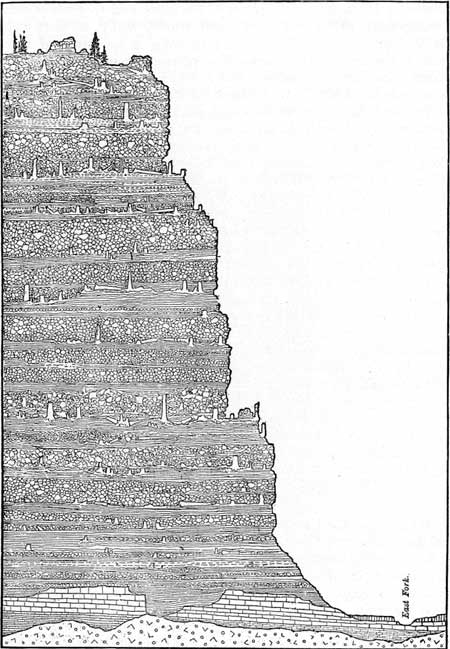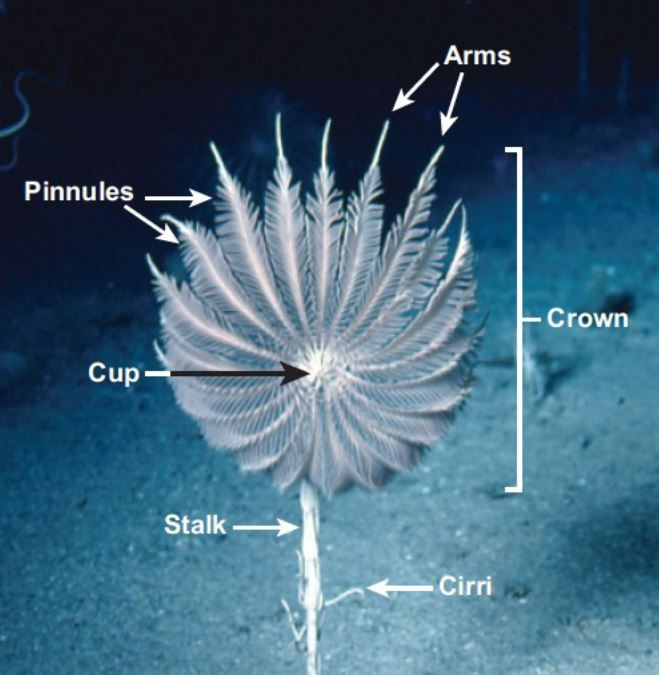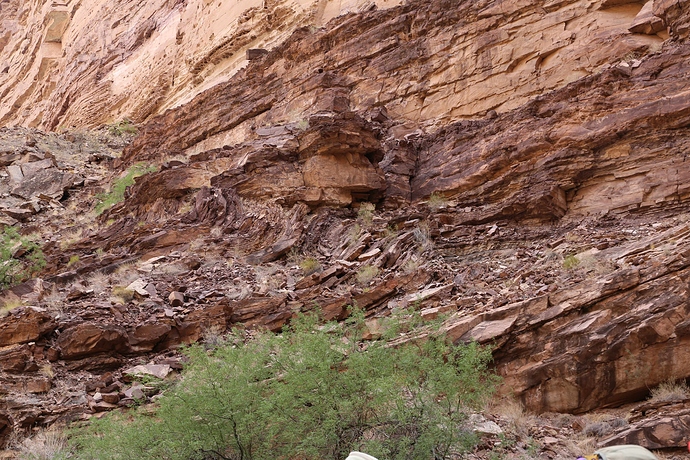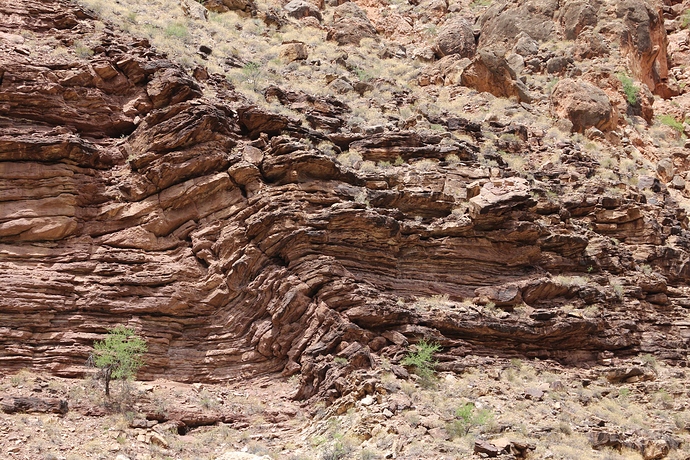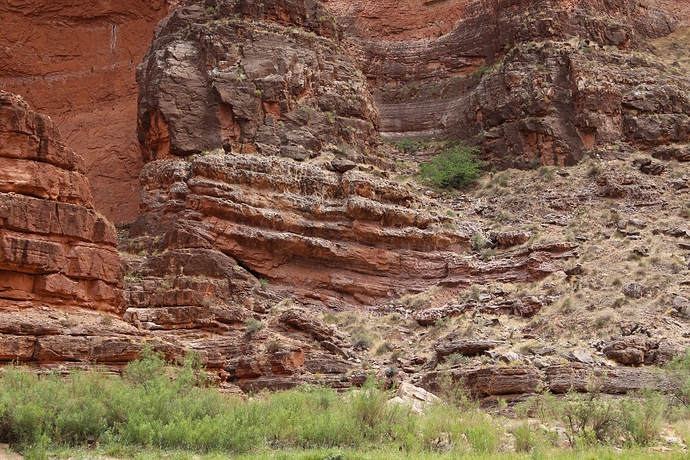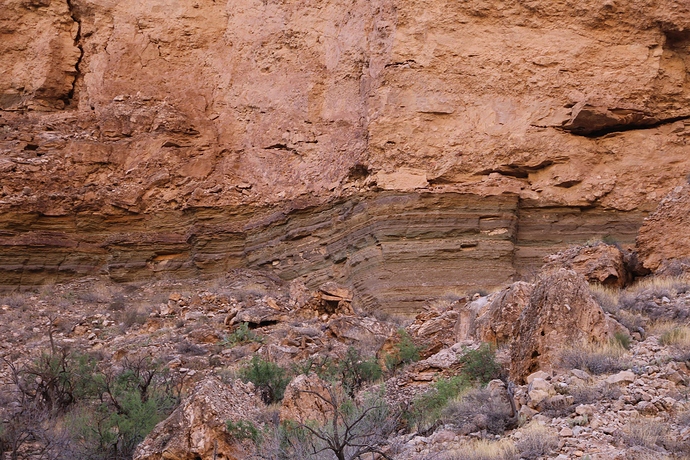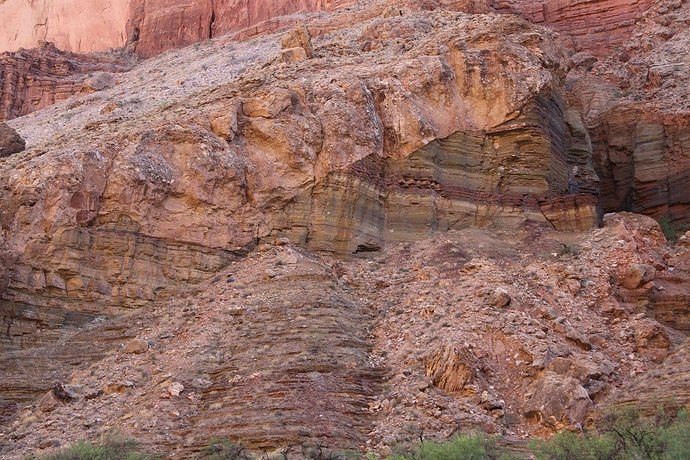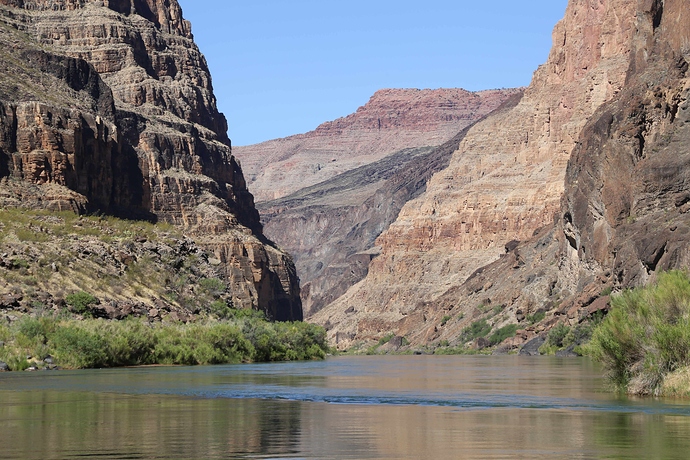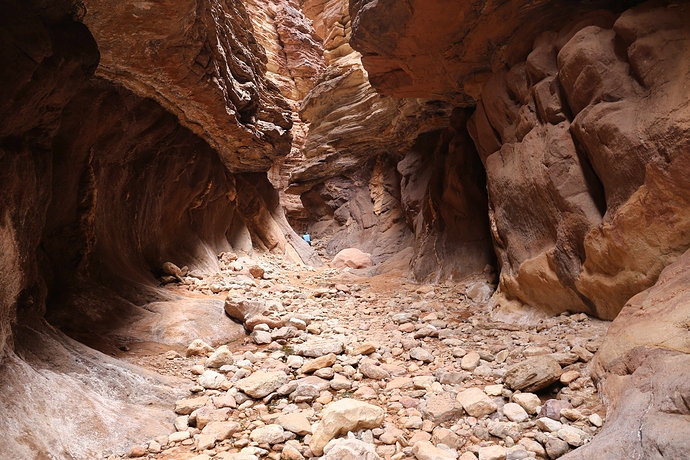Oh good, you’re an expert on buried trees now. ![]()
Please give us your YEC explanation for the over 40 sequentially buried forests at Specimen Ridge in Yellowstone Park. The forests were buried in situ by a series of volcanic lahars over a span of several million years - one forest was buried, another grew on top of it then it was buried, another grew on top of it, etc. The trees are know to have been buried in place because of the paleosols (ancient soils) found with their roots.
In the beds of the streams and gulches coining down into the Lamar River from Specimen Ridge and the fossil forests one may observe numerous pieces of fossil wood, which may be traced for a long distance down the Lamar and Yellowstone Rivers. The farther these pieces of wood have been transported downstream, the more they have been worn and rounded, until ultimately they become smooth, rounded “pebbles” of the stream bed. The pieces of wood become more numerous and fresher in appearance upstream toward the bluffs, until at the foot of the cliffs in some places there are hundreds, perhaps thousands of tons that have but recently fallen from the walls above. One traversing the valley of the Lamar River may see at many places numerous upright fossil trunks in the faces of nearly vertical walls. These trunks are not all at a particular level but occur at irregular heights; in fact a section cut down through these 2,000 feet of beds would disclose a succession of fossil forests (see fig. 4). That is to say, after the first forest grew and was entombed, there was a time without volcanic outburst—a period long enough to permit a second forest to grow above the first. This in turn was covered by volcanic material and preserved, to be followed again by a period of quiet, and these more or less regular alternations of volcanism and forest growth continued throughout the time the beds were in process of formation.
THE FOSSIL FORESTS OF THE YELLOWSTONE NATIONAL PARK
I bet you can’t find a CMI pre-canned article with an explanation. Let’s hear yours.
